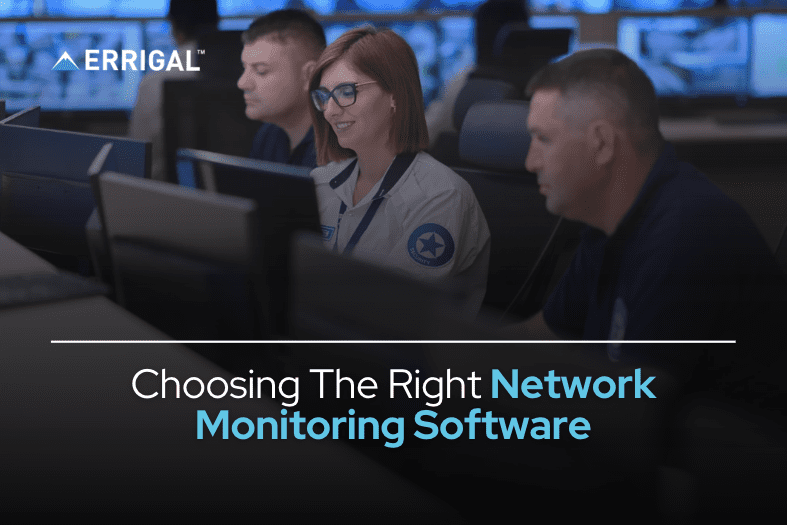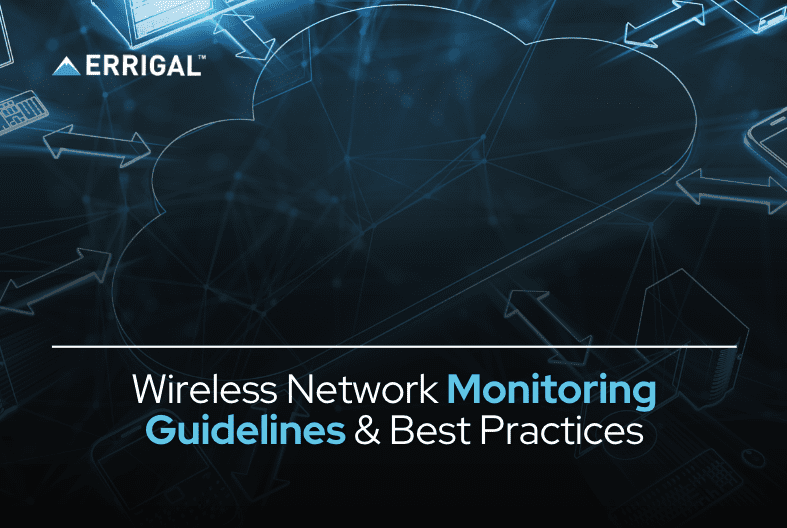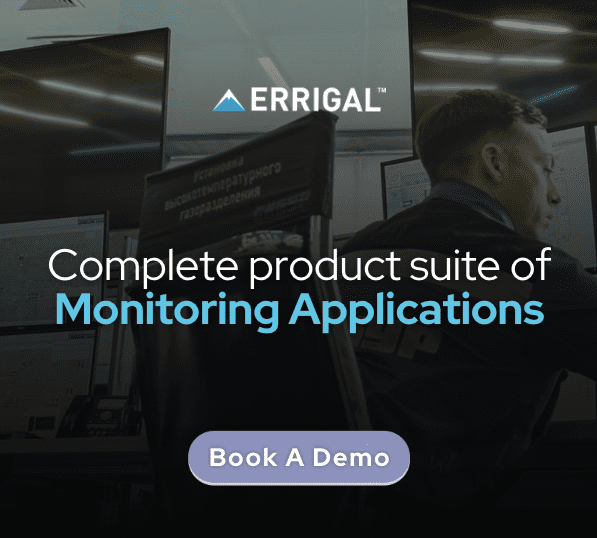In today’s hyper-connected world, network performance and uptime are critical to business success. Whether you manage a small network or a complex infrastructure, selecting the right network monitoring software can mean the difference between seamless operations and costly downtimes. With a variety of network monitoring tools available, it can be challenging to choose the one that aligns with your organization’s specific needs. In this guide, we’ll walk you through the essential features to look for and how to make an informed decision that will help maintain optimal network performance and support future growth.

1. Understand Your Network Monitoring Needs
Before diving into the world of network monitoring software, it’s crucial to assess your network’s unique requirements. Start by asking questions like:
- How complex is your network infrastructure?
- What types of devices, platforms, and technologies are in use?
- Do you need to monitor wired, wireless, or hybrid networks?
- Is scalability an important factor as your network grows?
Understanding your network’s specific demands will guide you in selecting a solution that fits your operational needs. For businesses focusing on wireless environments, check out our Guide to Wireless Monitoring to gain more insights into managing wireless network components.
2. Essential Features of Network Monitoring Software
When evaluating network monitoring software, look for these key features:
-
Real-Time Monitoring: The ability to monitor network activity in real-time is essential for identifying and resolving issues before they impact users. Real-time insights can significantly improve network uptime. For more strategies on enhancing network performance, read our blog on Strategies to Improve Network Uptime.
-
Customizable Dashboards: A network monitoring tool should offer customizable dashboards that provide visibility into critical performance metrics. The more tailored your monitoring views are, the faster you can identify and address problems.
-
Scalability: As your network expands, your monitoring tool must be capable of scaling accordingly. Solutions that support a wide range of devices and technologies, including 5G and IoT, are crucial for future-proofing your network. Learn more about preparing your DAS network for the future in our article on Future-Proofing DAS Networks for Emerging Technologies.
-
Automated Alerts and Reports: Automated alerts allow your IT team to act quickly when potential issues arise, minimizing downtime. Similarly, automated reports provide valuable insights into network health and trends over time, aiding in strategic decision-making.
-
Integration Capabilities: Your chosen software should seamlessly integrate with your existing network infrastructure and tools, including routers, switches, firewalls, and various network management platforms. This will ensure a unified monitoring experience and comprehensive network visibility.
3. On-Premise vs. Cloud-Based Network Monitoring Software
When selecting network monitoring software, consider whether an on-premise or cloud-based solution better fits your organization’s needs:
-
On-Premise Solutions: These offer greater control over network data and are typically preferred by businesses that require strict data security measures. However, they often require more maintenance and higher upfront costs.
-
Cloud-Based Solutions: Cloud-based monitoring tools offer flexibility, scalability, and easier deployment. They are ideal for organizations that need to monitor remote sites or manage distributed networks.
4. Evaluate Ease of Use and Customer Support
A network monitoring tool should be user-friendly and offer an intuitive interface to allow both IT experts and non-technical staff to utilize it effectively. Additionally, consider the customer support options provided by the software vendor. Prompt and helpful support can be invaluable when dealing with critical network issues.
5. Consider Cost and ROI
While cost is an important factor, it’s vital to focus on the value the software will provide. Invest in a solution that offers a balance between necessary features and affordability. Remember, the right network monitoring software will reduce network downtime, optimize performance, and ultimately contribute to a positive ROI.
6. Trial and Demo Before Purchase
Many network monitoring vendors offer free trials or live demos. Take advantage of these options to test the software’s features, user interface, and compatibility with your network infrastructure. Testing the software in a real-world environment will help you gauge its effectiveness in meeting your monitoring needs.
7. Consult Experts and Read Reviews
Finally, consult with network management experts and read reviews from other organizations in your industry. Their insights can provide valuable perspectives on the strengths and weaknesses of various network monitoring tools.
Conclusion
Choosing the right network monitoring software is a critical decision that can greatly impact your network’s performance and your organization’s success. By understanding your network’s specific needs, focusing on essential features, and considering future scalability, you can select a solution that will effectively manage and monitor your network.
Explore our IDMS Product Suite of Network Monitoring Applications to learn how Errigal’s comprehensive platform can meet the demands of various industries and network complexities. If you’re ready to take your network monitoring to the next level, don’t hesitate to get in touch with our team for a personalized solution.








